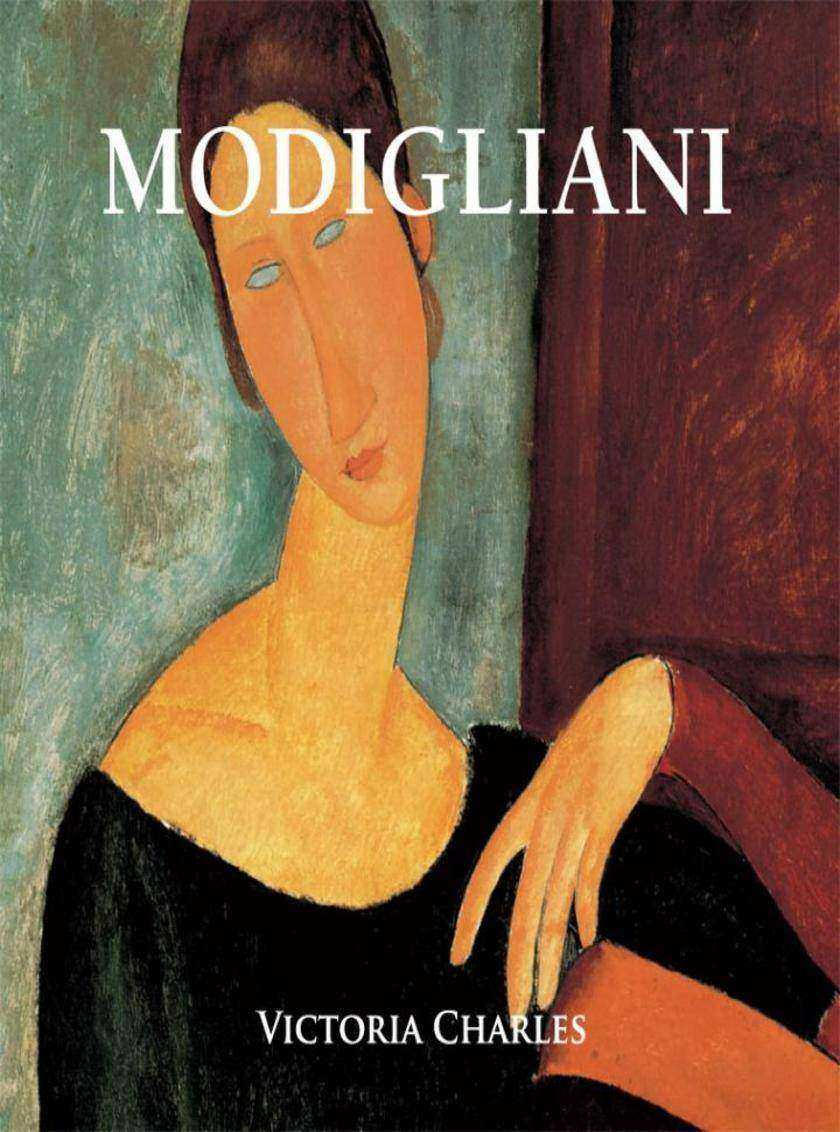
Modigliani
¥40.79
Modigliani (1884-1920) was a painter of great unhappiness in his native Italy and felt only sorrow in his adopted country of France. Out of this discontent came forth Modigliani’s original work, which was influenced by African art, the Cubists, and drunken nights in Montparnasse. His portrayal of women—sensual bodies, almost aggressive nudity, and mysterious faces—expresses their suffering and feelings of being unloved and unjustly disregarded. Modigliani died at the age of 36.
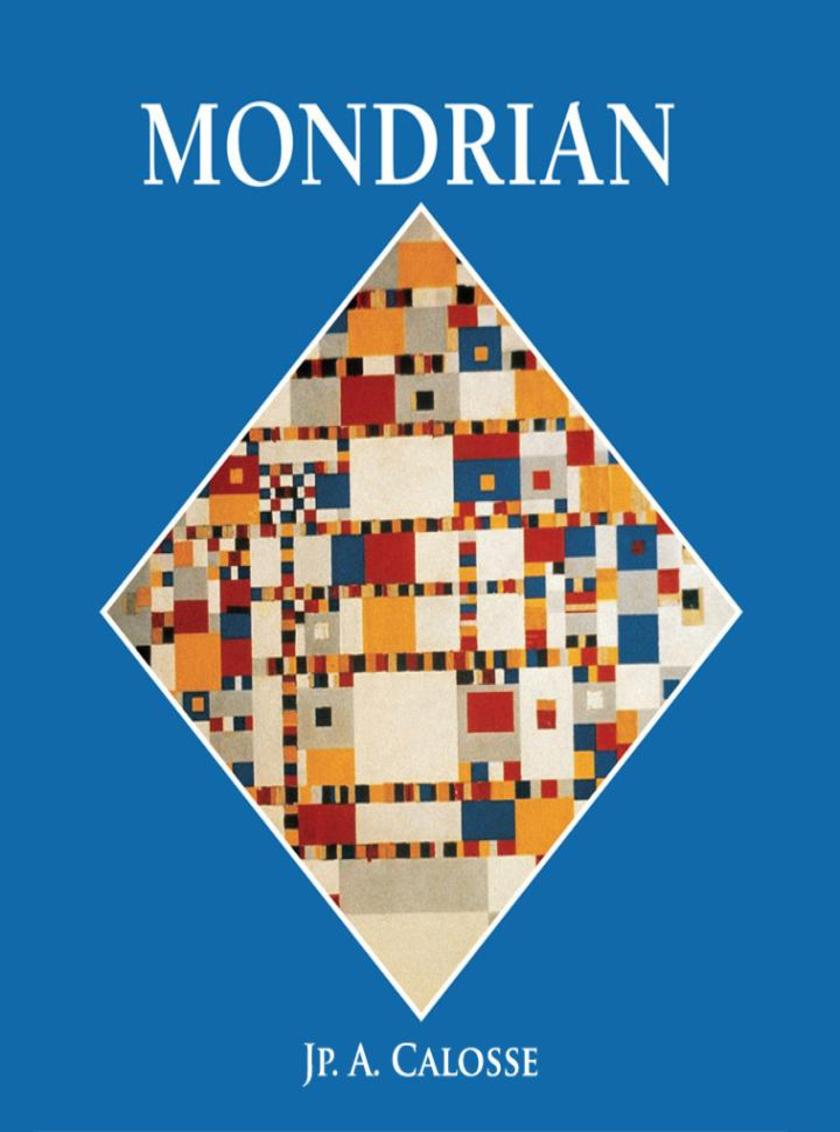
Mondrian
¥40.79
Piet Mondrian (1872-1944), who can be assigned to the school of classical modernism, was born in Amersfort, Netherlands. After studying in Amsterdam, he started his artist?s career in the impressionist style as a figure and landscape painter. His works from these years showed the influence of Vincent Van Gogh (1853-1890) and of Fauvism, a French school from the beginning of the 20th century. When he traveled to Paris in 1911, he discovered Pablo Picasso?s works (1881-1973) and, with that, Cubism. He thereafter became a pioneer of abstract painting in the Netherlands. From the 1920s on, his paintings show a vertical and horizontal composition that, combined with the oppositions of blue, yellow, red, and noncolored spaces, turned into his trademark. His art was very appreciated in New York, where he spent his last years. Mondrian was not only a painter but also an art theoretician and cofounder of the art school De Stijl.
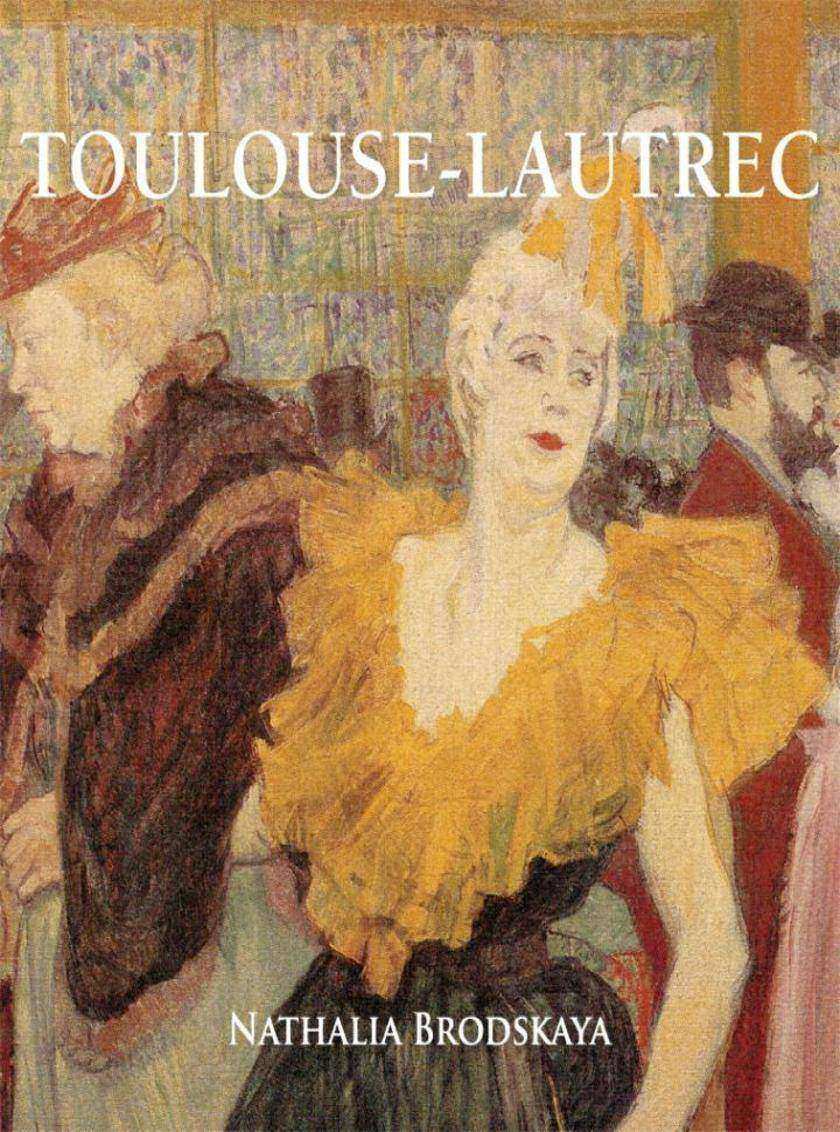
Toulouse-Lautrec
¥40.79
Lautrec studied with two of the most admired academic painters of the day, Léon Bonnat and Fernand Cormon. Lautrec’s time in the studios of Bonnat and Cormon had the advantage of introducing him to the nude as a subject. At that time life-drawing of the nude was the basis of all academic art training in nineteenth-century Paris. While still a student, Lautrec began to explore Parisian nightlife, which was to provide him with his greatest inspiration, and eventually undermined his health. Lautrec was an artist able to stamp his vision of the age in which he lived upon the imagination of future generations. Just as we see the English court of Charles I through the eyes of van Dyck and the Paris of Louis-Philippe through the eyes of Daumier, so we see the Paris of the 1890s and its most colourful personalities, through the eyes of Lautrec. The first great personality of Parisian nightlife whom Lautrec encountered – and a man who was to play an important role in helping Lautrec develop his
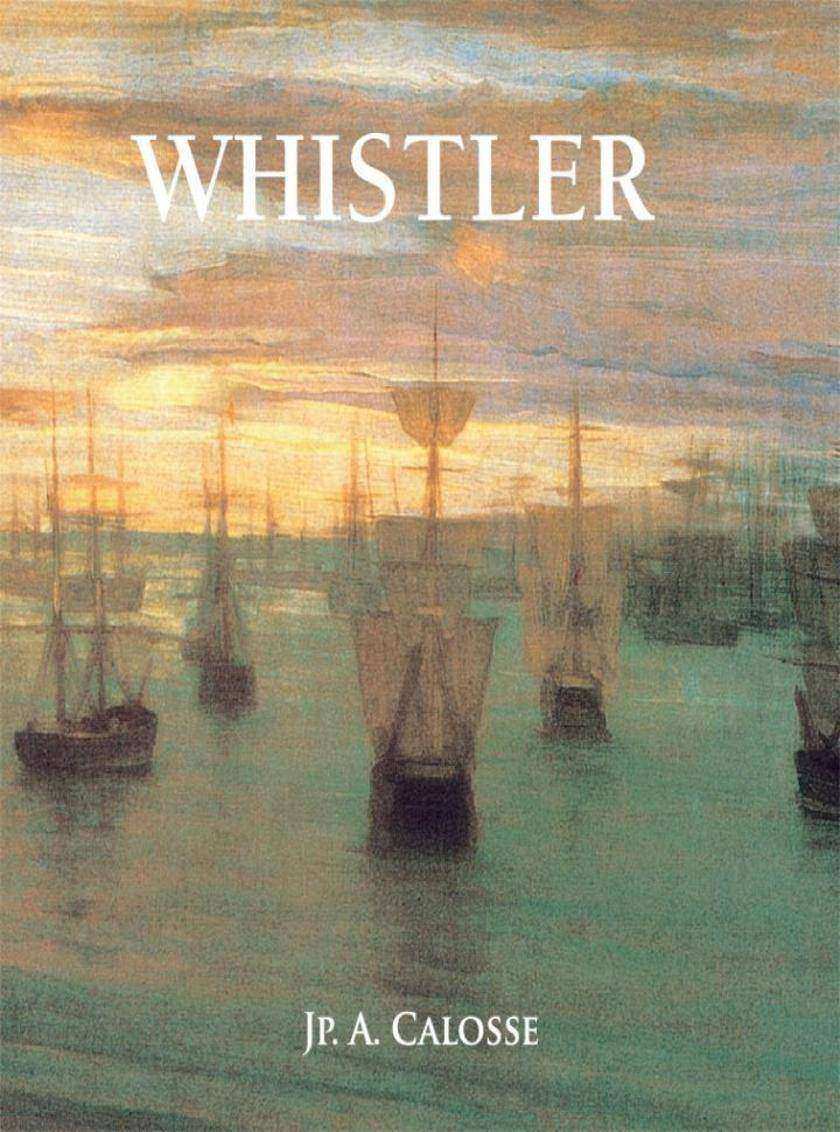
Whistler
¥40.79
Whistler suddenly shot to fame like a meteor at a crucial moment in the history of art, a field in which he was a pioneer. Like the impressionists, with whom he sided, he wanted to impose his own ideas. Whistler’s work can be divided into four periods. The first may be called a period of research in which he was influenced by the Realism of Gustave Courbet and by Japanese art. Whistler then discovered his own originality in the Nocturnes and the Cremorne Gardens series, thereby coming into conflict with the academics who wanted a work of art to tell a story. When he painted the portrait of his mother, Whistler entitled it Arrangement in Grey and Black and this is symbolic of his aesthetic theories. When painting the Cremorne Pleasure Gardens it was not to depict identifiable figures, as did Renoir in his work on similar themes, but to capture an atmosphere. He loved the mists that hovered over the banks of the Thames, the pale light, and the factory chimneys which at night turned into
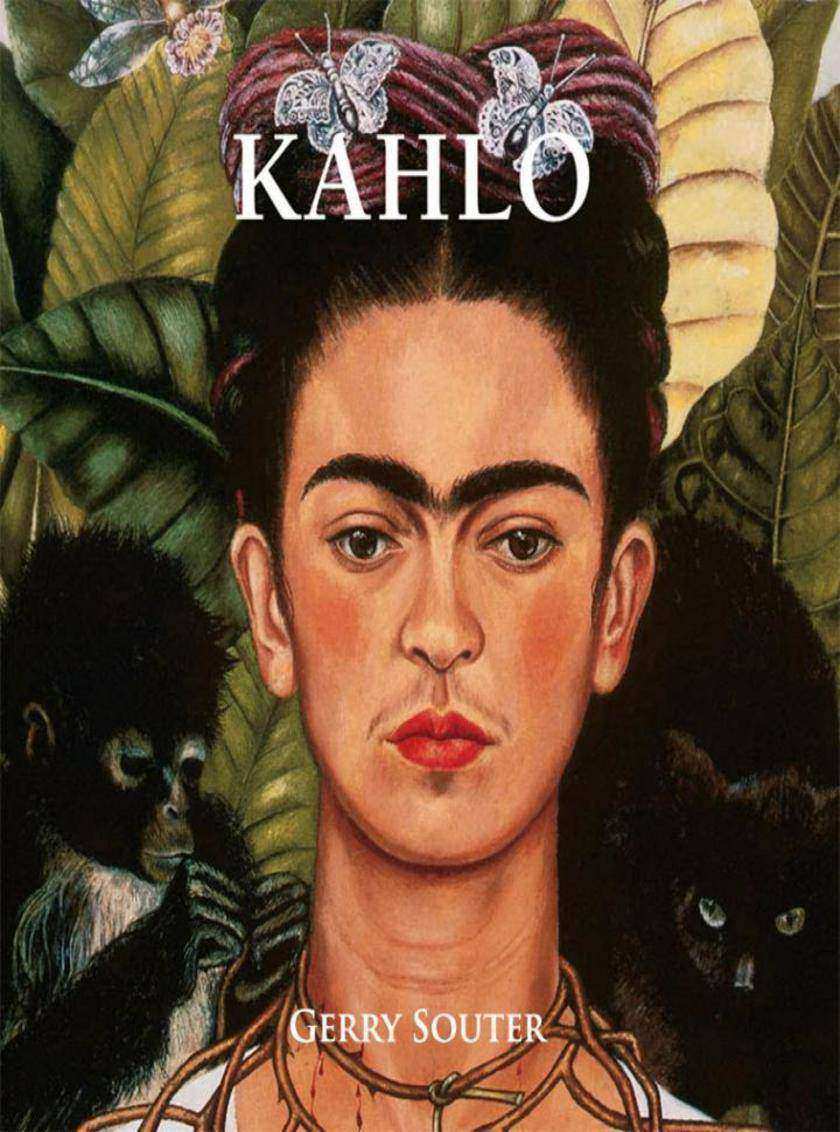
Kahlo
¥40.79
在弗里达·卡罗(Frida?Kahlo)的自画像背后,是她一生的故事。也正是因此,读者会被这本画集所深深吸引。弗里达的作品是她生命的记录,很少有艺术家如同弗里达一样,能够让我们从画框之间获得如此多的东西。弗里达·卡罗确实是墨西哥艺术史的礼物。当她年仅十八岁的时候,一场严重的车祸永远地改变了她的生命,她自此以后被残疾和频繁的疼痛所困扰。但是弗里达那火爆的个性、天然的决心和勤奋的工作造就了她的艺术才能。即使是花花公子的伟大画家迭戈·里维拉(Diego Rivera)也深深迷恋着她。弗里达靠自身的魅力、才能和智慧赢得了迭戈·里维拉,她也学会了依靠里维拉的成功来探索世界,从而在一群紧密的友人之中创造了自己独特的风格。她的私生活极其混乱,一方面她常常摆脱与迭戈的关系,另一方面她也深陷双性恋之中。不仅如此,弗里达和迭戈还不断拯救着他们之间分崩离析的关系。弗里达留给我们的故事和绘画作品为我们诠释了一个女人不断发现自我的勇者历程。
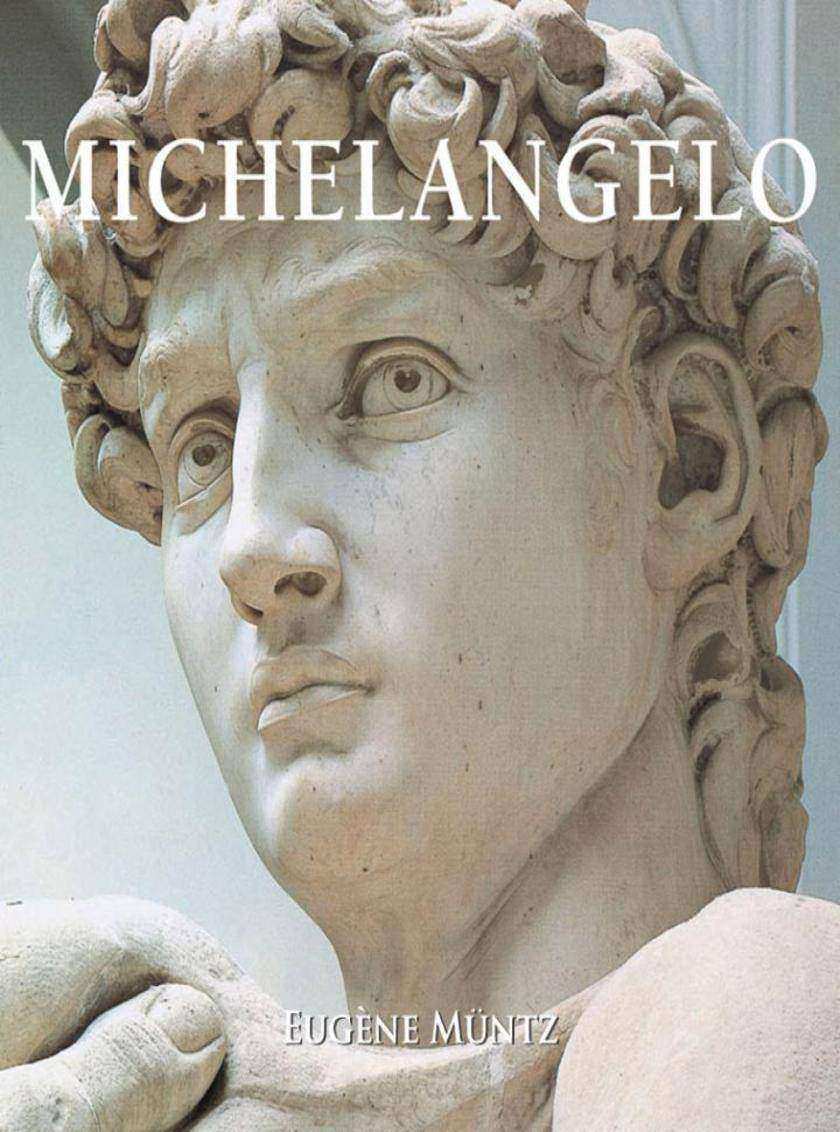
Michelangelo
¥40.79
米开朗基罗(Michelangelo)的名字不断浮现在西斯廷教堂、阿波罗、丘比特等数不计数的杰作中。在《意大利绘画》(The Italian Painting)这本书中,作者司汤达写道:“在古希腊风物和米开朗基罗之间,没有任何距离,除了或多或少技术娴熟的伪造物。”在《漫步罗马》(Promenade in Rome)一书中,沙特布莱表达了对《圣母怜子像》(Pieta)中那些精致的线条的崇敬之情。诸如司汤达等大连古欧秀的作家将米开朗基罗视为西方艺术复兴的大家之一。毫无疑问,米开朗基罗的作品经历住了时间的考验。在若干年后,米开朗基罗的作品何以能够揭示希腊先驱们的创造性来源?米开朗基罗是创造性的天才和超人,是意大利文艺复兴中无与伦比的艺术家,他的影响力和成就与达芬奇可相媲美。在这本著作中, Jean-Matthieu Gosselin探讨了米开朗基罗所有的身份:雕塑家、建筑师、画家和美术家。
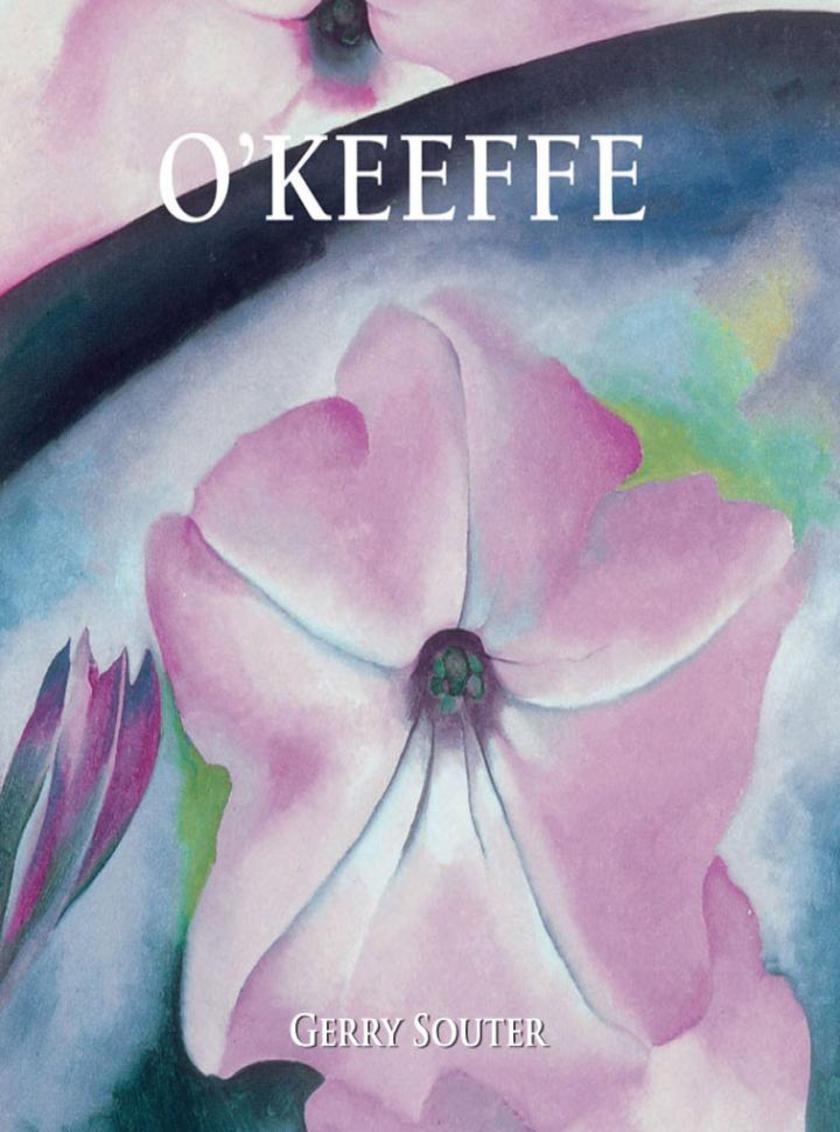
O'Keeffe
¥40.79
In 1905 Georgia travelled to Chicago to study painting at the Art Institute of Chicago. In 1907 she enrolled at the Art Students’ League in New York City, where she studied with William Merritt Chase. During her time in New York she became familiar with the 291 Gallery owned by her future husband, photographer Alfred Stieglitz. In 1912, she and her sisters studied at university with Alon Bement, who employed a somewhat revolutionary method in art instruction originally conceived by Arthur Wesley Dow. In Bement’s class, the students did not mechanically copy nature, but instead were taught the principles of design using geometric shapes. They worked at exercises that included dividing a square, working within a circle and placing a rectangle around a drawing, then organising the composition by rearranging, adding or eliminating elements. It sounded dull and to most students it was. But Georgia found that these studies gave art its structure and helped her understand the basics of abstra
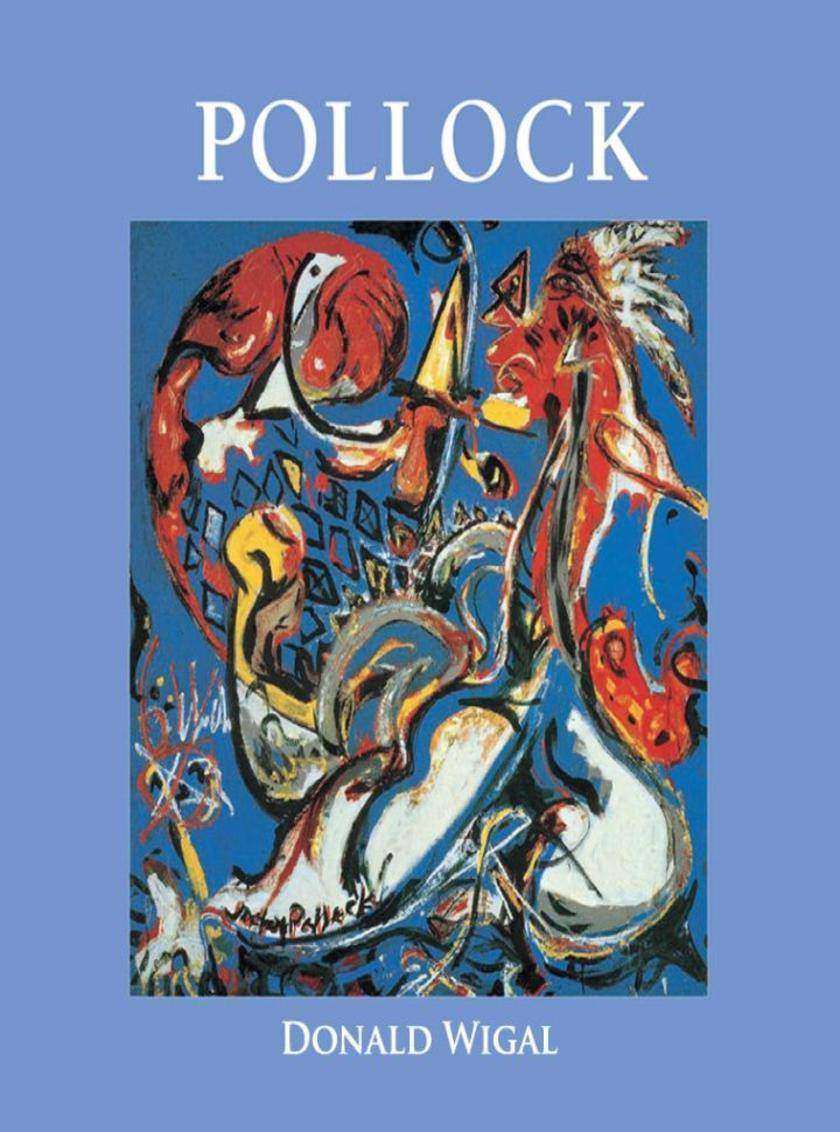
Pollock
¥40.79
Born in 1912, in a small town in Wyoming, Jackson Pollock embodied the American dream as the country found itself confronted with the realities of a modern era replacing the fading nineteenth century. Pollock left home in search of fame and fortune in New York City. Thanks to the Federal Art Project he quickly won acclaim, and after the Second World War became the biggest art celebrity in America. For De Kooning, Pollock was the “icebreaker”. For Max Ernst and Masson, Pollock was a fellow member of the European Surrealist movement. And for Motherwell, Pollock was a legitimate candidate for the status of the Master of the American School. During the many upheavals in his life in Nez York in the 1950s and 60s, Pollock lost his bearings - success had simply come too fast and too easily. It was during this period that he turned to alcohol and disintegrated his marriage to Lee Krasner. His life ended like that of 50s film icon James Dean behind the wheel of his Oldsmobile, after a night of
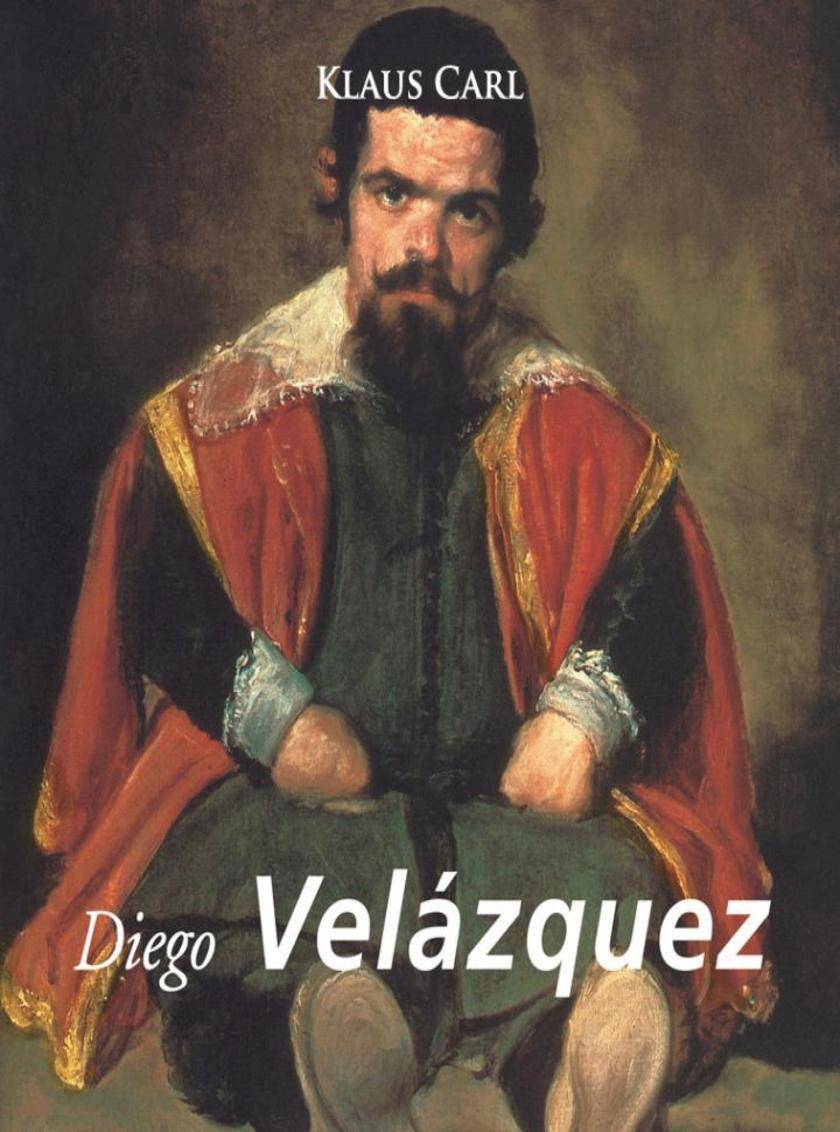
Velasquez
¥40.79
Diego Rodríguez de Silva y Velázquez (June 1599 – August 6 1660), known as Diego Vélasquez, was a painter of the Spanish Golden Age who had considerable influence at the court of King Philip IV. Along with Francisco Goya and Le Greco, he is generally considered to be one of the greatest artists in Spanish history. His style, whilst remaining very personal, belongs firmly in the Baroque movement. Velázquez’s two visits to Italy, evidenced by documents from that time, had a strong effect on the manner in which his work evolved. Besides numerous paintings with historical and cultural value, Diego Vélasquez painted numerous portraits of the Spanish Royal Family, other major European figures, and even of commoners. His artistic talent, according to general opinion, reached its peak in 1656 with the completion of Las Meninas, his great masterpiece. In the first quarter of the 19th century, Velázquez's style was taken as a model by Realist and Impressionist painters, in particular by ?douard
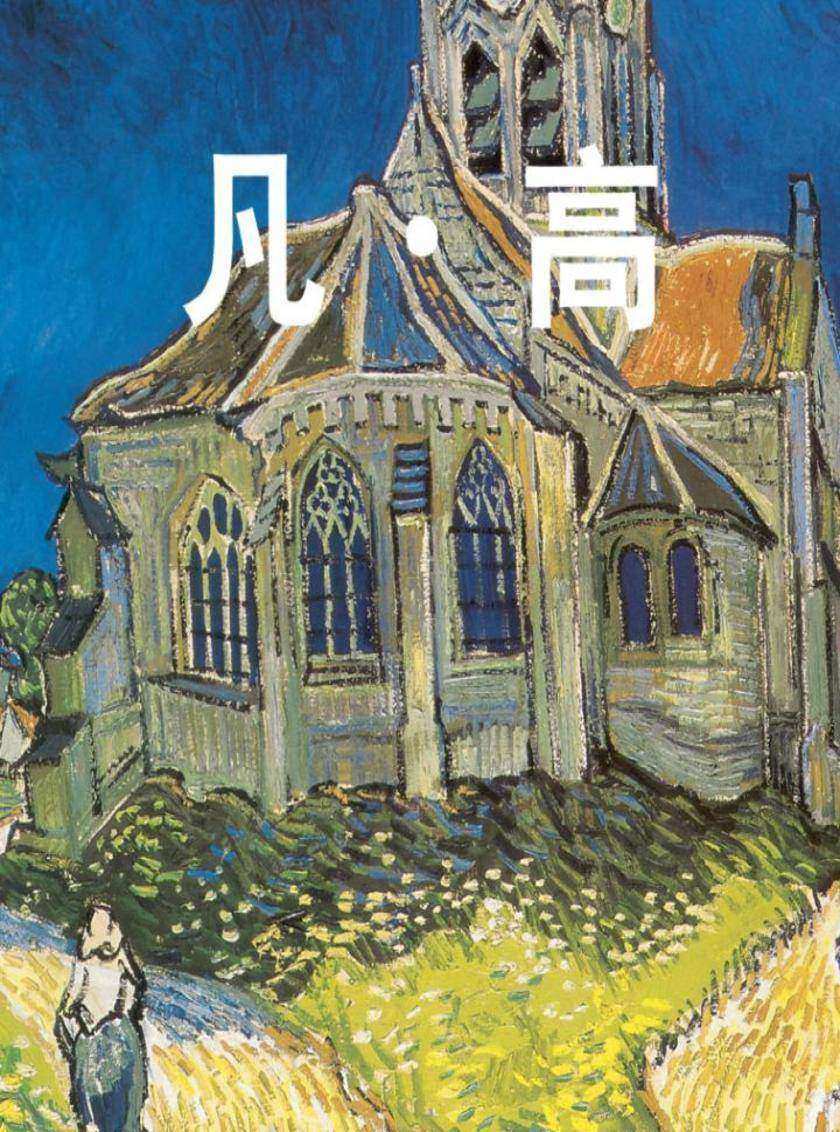
Van Gogh
¥40.79
文森特·梵·高的生活和创作是如此紧密地联系在一起,以至于不了解他的生平便无法理解其作品。他作为生存环境的局外人而不被人理解成为痛苦的现代艺术殉难者的化身。一篇文章这样描述他,“一个可怕的疯狂的天才,常常表现卓越,有时荒诞,总是站在近乎病态的边缘。”1888年2月,文森特离开巴黎前往阿尔勒,那几个月是他一生中产的时期,次年他开始了著名的自残行为并且先后三次住院。据说他是在1890年7月29日,在一片田野里朝自己开枪自杀的,他的弟弟特奥这样描述他生命的后时刻,“他说想自杀,当时我坐在他身边向他保证我们会努力治愈他······但他回答说,悲哀将会永远持续。”
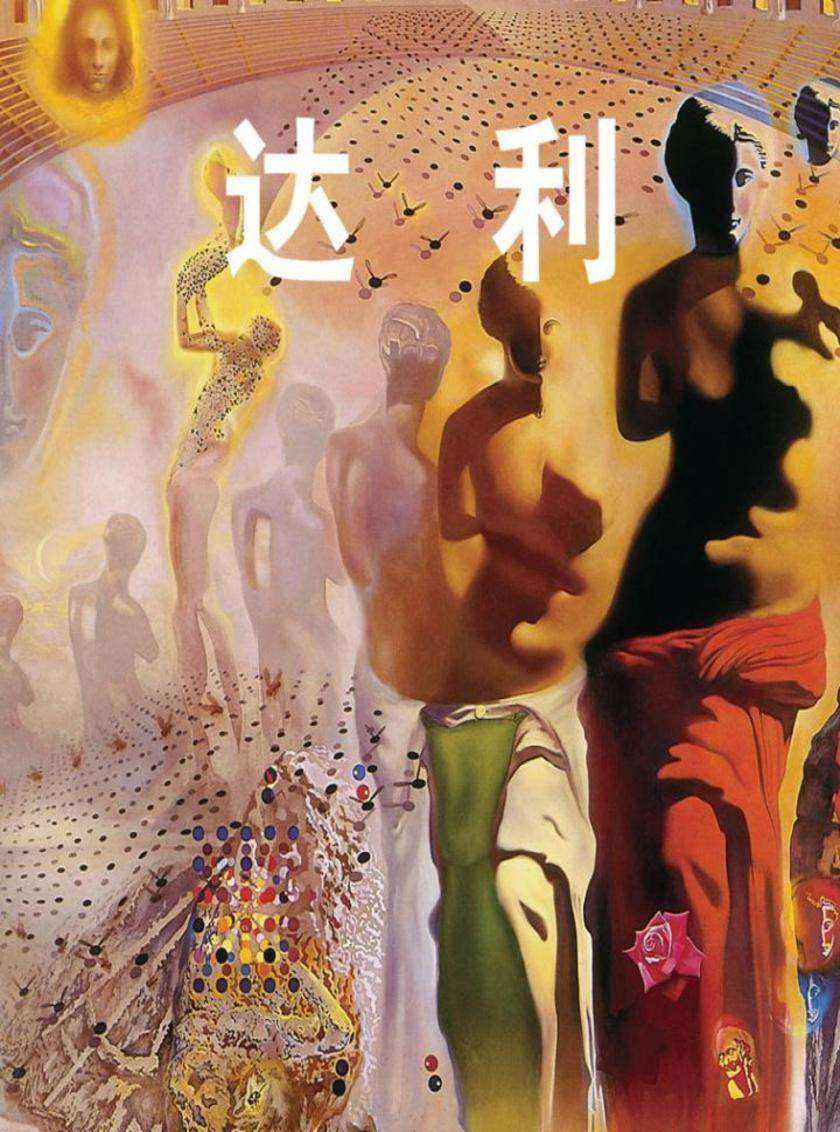
Dali
¥40.79
身为画家、设计师、奇异物品发明者、作家以及电影导演,达利可以说是著名的超现实主义者。布纽埃尔、洛卡、毕加索和布列塔尼都对他的生涯产生了巨大的影响。达利的电影,《一只安达卢西亚犬》标志着他进入了巴黎超现实派,在那里他遇到了盖拉,他一生的伴侣和灵感源泉。但是,当1939年他与安德烈·布列塔尼决裂,他与此派关系交恶。然而,达利的艺术哲学与艺术表现仍然归于超现实主义,并成为超现实主义的典范。终其一生,达利是一位天才的具有自我提升力、创造力的神秘人物。
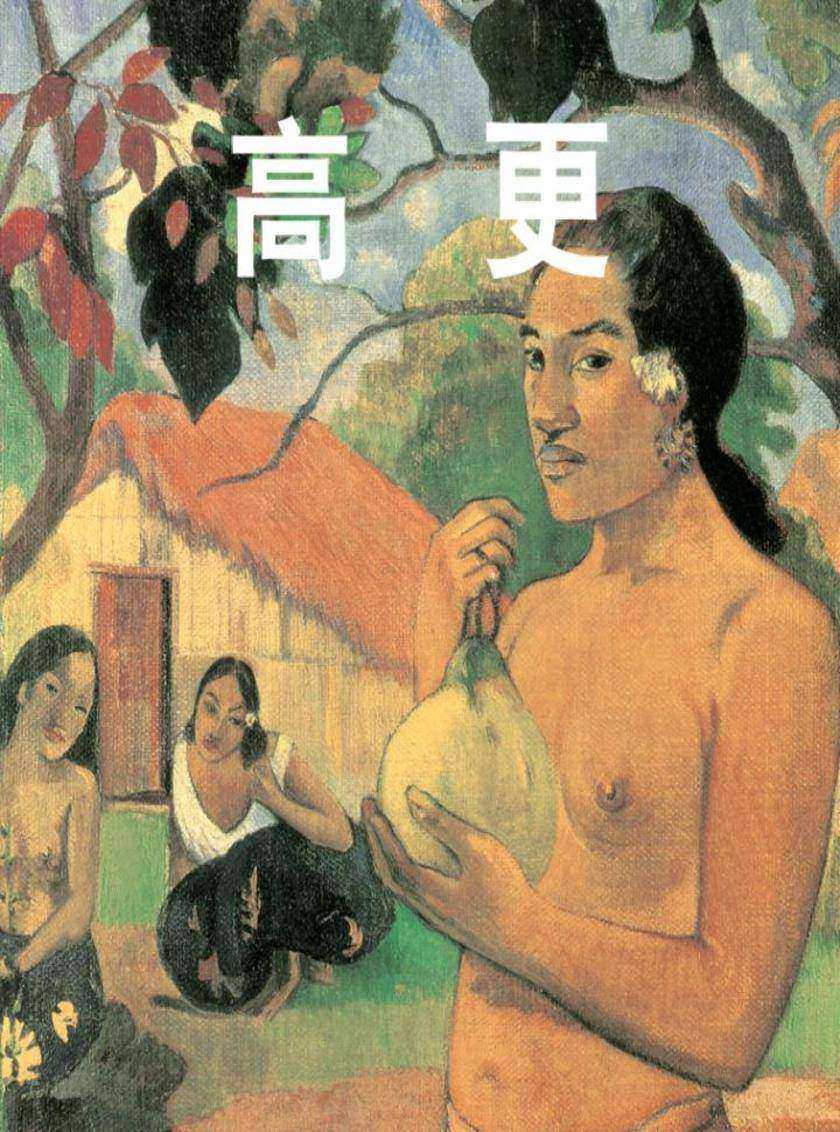
Gauguin
¥40.79
保罗·高更早是一名水手,之后成为巴黎一名成功的股票经纪人,不过1874年他开始在周末画画,9年之后,在一次股市崩盘之后,他退休成为全职画家。1891年高更离开法国,在塔希提度过两年时光,并决定了他未来的生活和职业。1895年,他回到那里。在塔希提,高更发现了原始的自然艺术,并真诚地用画布展现出来。从那时起他的画作表现了这样的风格:构图简洁;色彩纯净明亮,具有观赏性;对异度风景的从容表现。高更称之为“合成象征理论”。
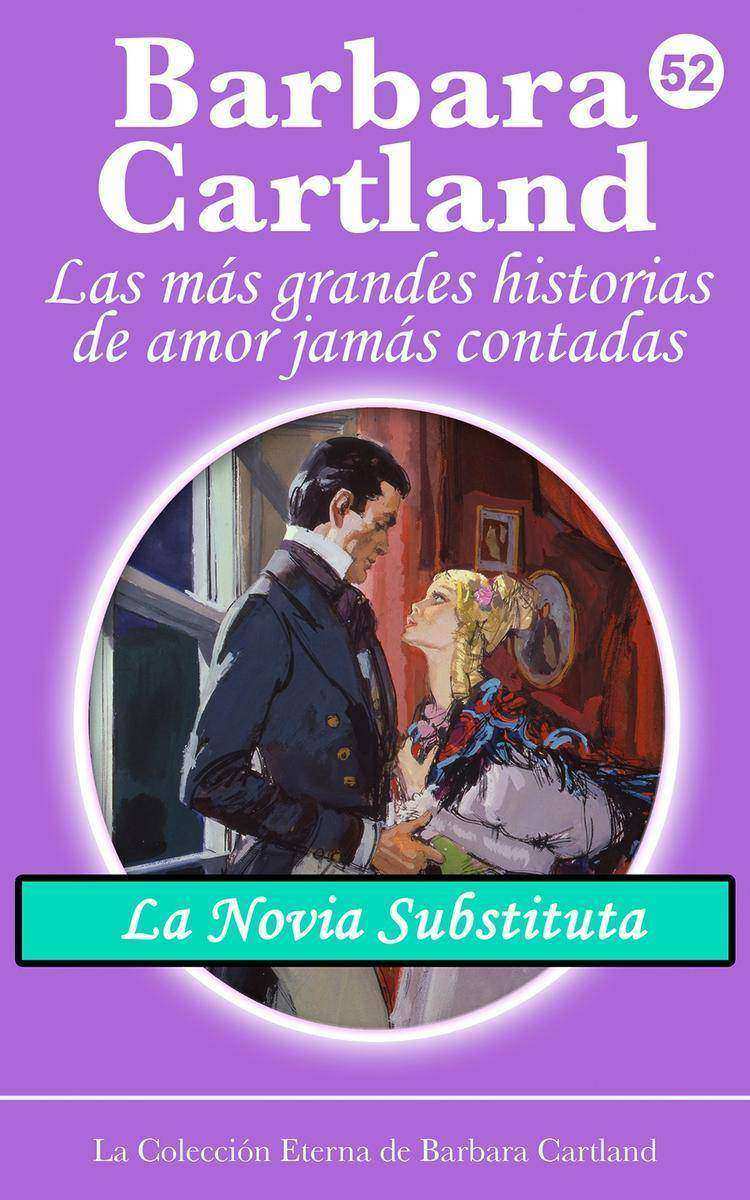
La Novia Substituta
¥40.79
El Rey se acercó a la cama de Xenia y miró su lujoso cabello rojo que brillaba a la luz de las velas y sus tiernos labios, que temblaban porque tenía miedo. "?Sabes lo hermosa que eres?" él dijo. Xenia sabía que el momento finalmente había llegado, el momento en que ella debía decirle la verdad. "?Te amo!". ?Pero él lloró antes de que ella pudiera hablar. ?l dijo: "Estoy loco… locamente enamorado … nunca en la vida so?é que me sentiría así … y tengo algo que ... decirte…" Ella lo sintió ponerse serio y lentamente lo vio retroceder. Xenia respiró profundamente… ?Cómo podría ella decirle ? Ella se decía a sí misma. ?Cómo podría ella barrer la felicidad de sus ojos? Estaba arrebatada por su amor… y sin embargo atrapada por otro destino…?
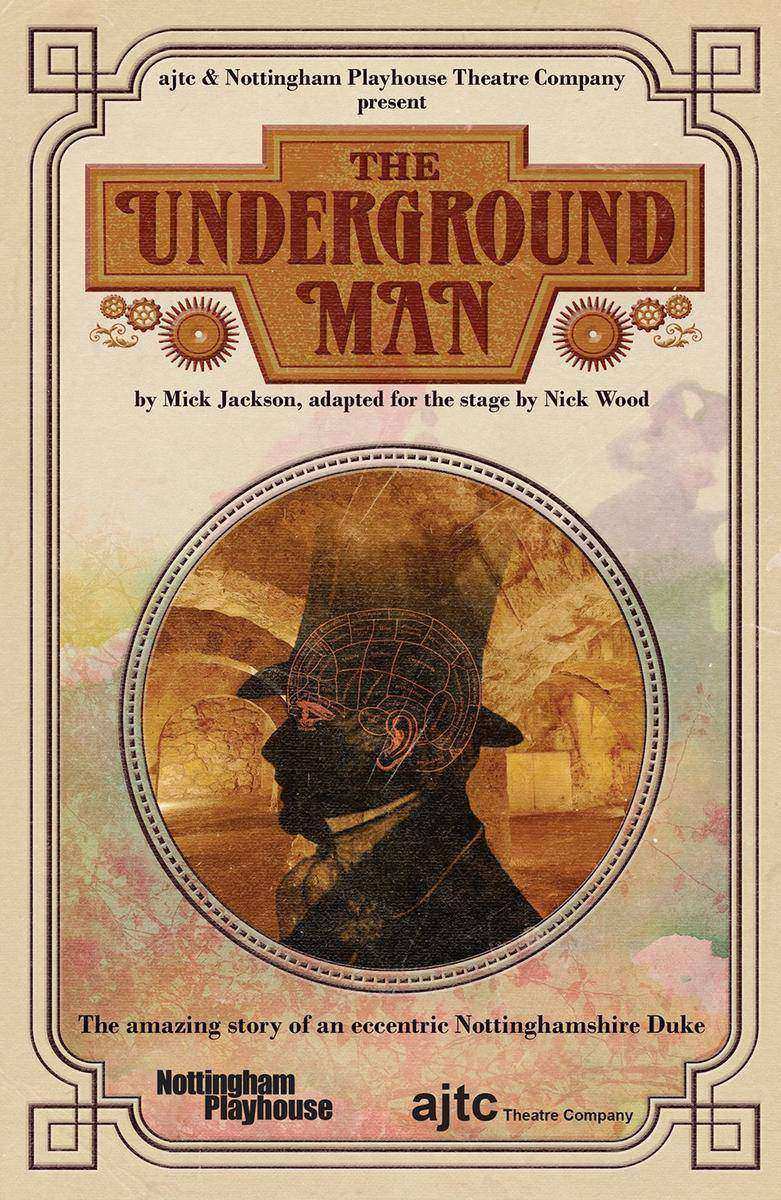
The Underground Man: adapted for the stage
¥40.79
A life of fascination, obsession and deep scientific curiosity. William Cavendish-Scott-Bentinck is an eccentric Nottinghamshire aristocrat whose imagination and curiosity know no bounds. This deceptively simple man struggles to come to terms with a world that is teeming with new knowledge, ill-founded opinion and?gossip. Why does he hide himself away? What is his fascination with tunnels? Will he ever unearth the secrets hidden in his memory? In a sequence of events that are often curious and frequently hilarious he reveals moments of surprising perception and wisdom. Nottingham Playhouse and ajtc have combined their talents to co-produce Nick Wood’s stage adaptation of Mick Jackson’s Booker Prize shortlisted novel. The result is a free-flowing, innovative performance which features live music and a specially commissioned score. The Underground Man is a delectable blend of fact and fiction in which the intriguing details of a complex life are richly explored through the vibrant imagination of a gentle soul.
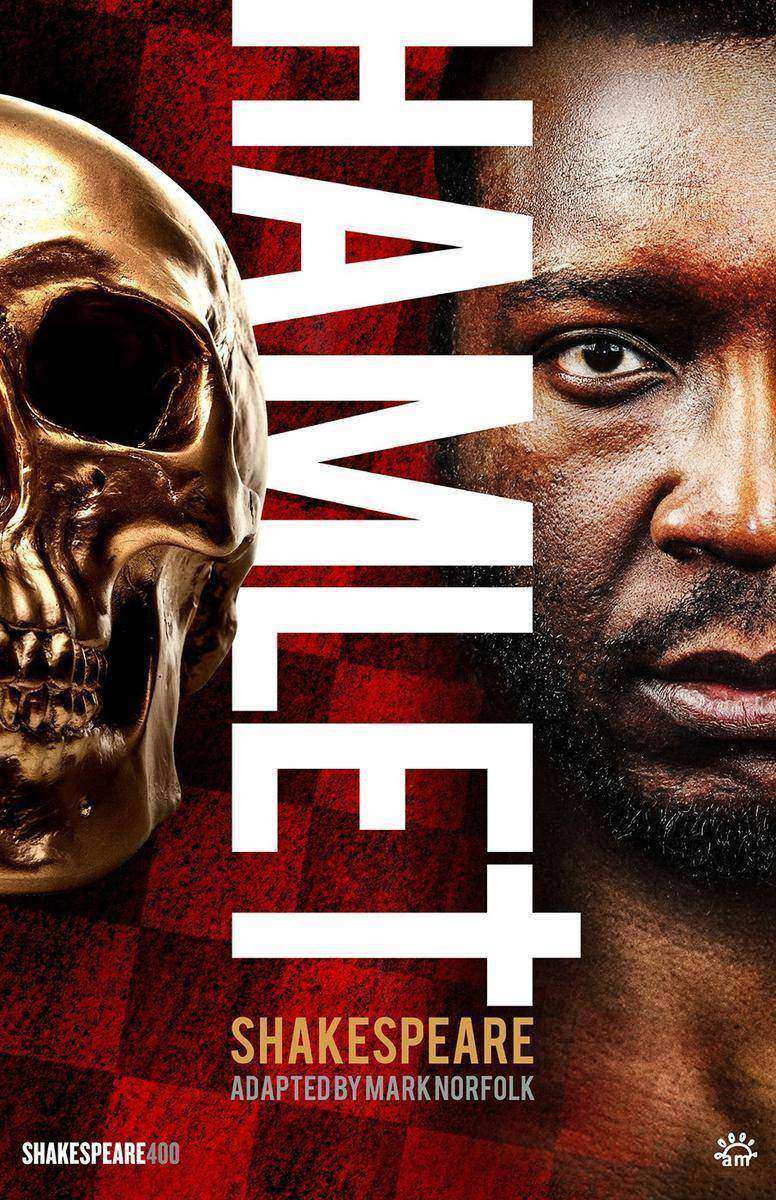
Hamlet
¥40.79
New adaptation of 'Hamlet' for a modern black theatrical production. Remember me… Denmark, a Black Empire of modern England, where an intelligent young student discovers the world he once knew has crumbled. Implored to defend what is left of his father’s decaying legacy, Hamlet now faces the greatest moral challenge – to kill or not to kill. Directed by Jeffery Kissoon (RSC, National Theatre, Robert Lepage, Peter Hall and in Peter Brook’s seminal production of The Mahabharata) and adapted with Shakespeare’s text by award-winning playwright Mark Norfolk, this fast-moving version gets straight to the heart of a young man’s dilemma. This first all-black production of Hamlet in Britain makes a striking contribution to the Shakespeare 400 anniversary celebration. For ages 12+
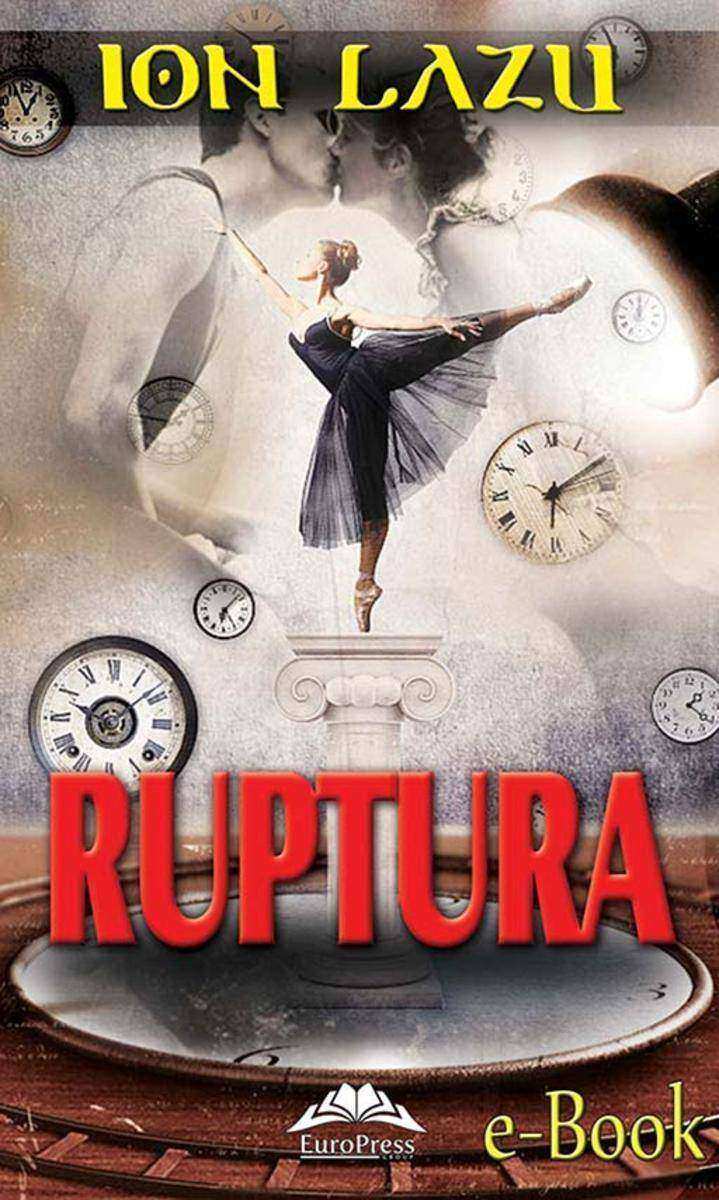
Ruptura
¥40.79
Referindu-se la Pesc?ru?ul ?ntr-o scrisoare din octombrie 1895, Cehov nota, ?ntre altele: ?Scriu o pies? pe care probabil nu o voi termina p?n? la sf?r?itul lui noiembrie. O scriu nu f?r? pl?cere, de?i m? tem de conven?iile scenei. E o comedie, exist? trei roluri pentru femei, ?ase pentru b?rba?i, patru acte, peisaje (priveli?tea unui lac), o mul?ime de conversa?ii despre literatur?, pu?in? ac?iune, mult? iubire“. Premiera s-a dovedit dezastruoas?, editorul s?u aduc?ndu-i acuze ca, pild?, la?itatea evident?, caracterul din cale afar? de feminin. Con?tient de geniul s?u, Cehov riposteaz?: ?De ce aceast? calomnie? Dup? reprezenta?ie am luat cina la Romanovi. Pe cuv?ntul meu de onoare. Apoi m-am dus la culcare, am dormit s?n?tos ?i a doua zi am mers acas? f?r? a suspina vreo nemul?umire. Dac? a? fi fost un la?, a? fi alergat de la un editor la altul ?i de la un actor la altul, i-a? fi implorat s? fie ?ng?duitori ?i a? fi petrecut dou? trei s?pt?m?ni ?n Petersburg, agit?ndu-m? cu Pesc?ru?ul meu, cu emo?ie, cu o transpira?ie rece ?n lamenta?ii. Am ac?ionat at?t de rece ?i de responsabil precum un om care a f?cut o ofert? ?i apoi a fost ?nt?mpinat cu un refuz ?i nu mai are nimic altceva de f?cut dec?t s? plece. ?ntr-adev?r, vanitatea mea a fost n?ucit?, dar ?ti?i, nu a fost o lovitur? din senin. A?teptam un e?ec ?i m? preg?tisem pentru el precum te-am prevenit cu o absolut? sinceritate“.
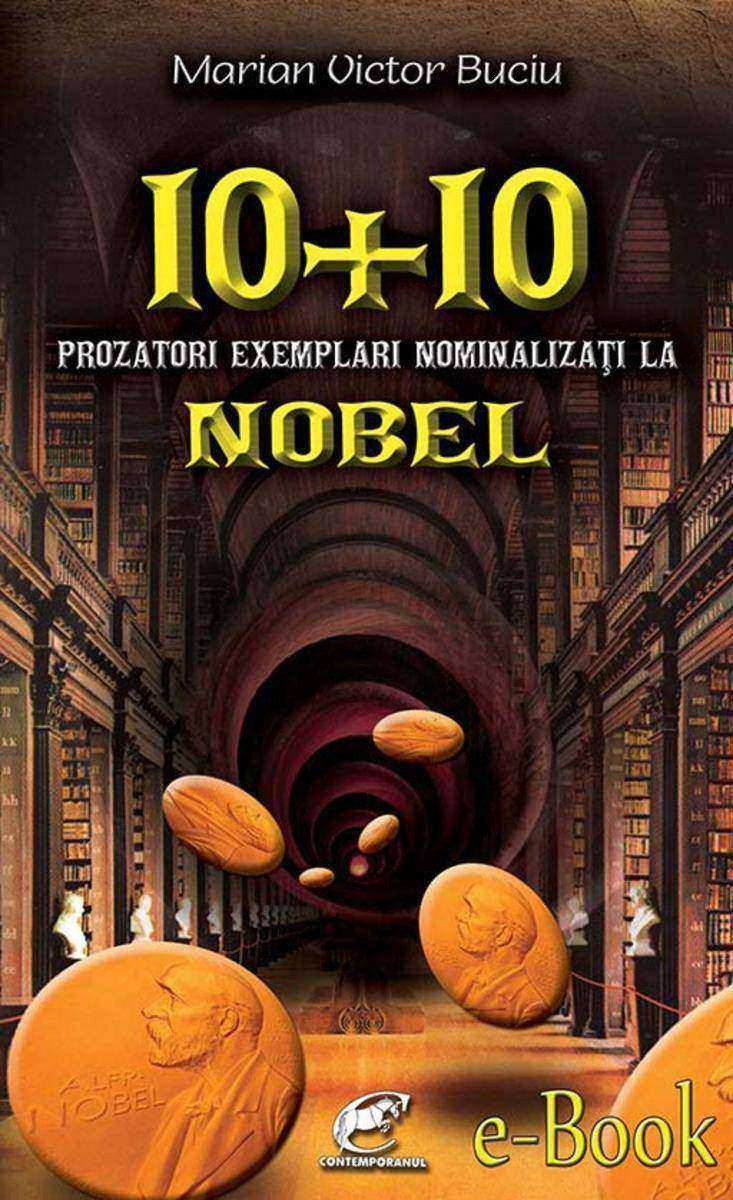
10 plus 10 prozatori exemplari nominaliza?i la Nobel
¥40.79
Candide is characterised by its sarcastic tone, as well as by its erratic, fantastical and fast-moving plot. A picaresque novel with a story similar to that of a more serious bildungsroman, it parodies many adventure and romance clichés, the struggles of which are caricatured in a tone that is mordantly matter-of-fact. Still, the events discussed are often based on historical happenings, such as the Seven Years' War and the 1755 Lisbon earthquake. As philosophers of Voltaire's day contended with the problem of evil, so too does Candide in this short novel, albeit more directly and humorously. Voltaire ridicules religion, theologians, governments, armies, philosophies, and philosophers through allegory; most conspicuously, he assaults Leibniz and his optimism. Voltaire's men and women point his case against optimism by starting high and falling low. A modern could not go about it after this fashion.?He would not plunge his people into an unfamiliar misery. He would just keep them in the misery they were born to. But such an account of Voltaire's procedure is as misleading as the plaster cast of a dance. Look at his procedure again. Mademoiselle Cunégonde, the illustrious Westphalian, sprung from a family that could prove seventy-one quarterings, descends and descends until we find her earning her keep by washing dishes in the Propontis. The aged faithful attendant, victim of a hundred acts of rape by negro pirates, remembers that she is the daughter of a pope, and that in honor of her approaching marriage with a Prince of Massa-Carrara all Italy wrote sonnets of which not one was passable. We do not need to know French literature before Voltaire in order to feel, although the lurking parody may escape us, that he is poking fun at us and at himself. His laughter at his own methods grows more unmistakable at the last, when he caricatures them by casually assembling six fallen monarchs in an inn at Venice. A modern assailant of optimism would arm himself with social pity. There is no social pity in "Candide." Voltaire, whose light touch on familiar institutions opens them and reveals their absurdity, likes to remind us that the slaughter and pillage and murder which Candide?witnessed among the Bulgarians was perfectly regular, having been conducted according to the laws and usages of war. Had Voltaire lived today he would have done to poverty what he did to war. Pitying the poor, he would have shown us poverty as a ridiculous anachronism, and both the ridicule and the pity would have expressed his indignation. About Author: VOLTAIREFran?ois-Marie Arouet (1694 – 1778), known by his nom de plume Voltaire, was a French Enlightenment writer, historian and philosopher famous for his wit, his attacks on the established Catholic Church, and his advocacy of freedom of religion, freedom of expression, and separation of church and state. Voltaire was a versatile writer, producing works in almost every literary form, including plays, poems, novels, essays, and historical and scientific works. He wrote more than 20,000 letters and more than 2,000 books and pamphlets. He was an outspoken advocate, despite the risk this placed him in under the strict censorship laws of the time. As a satirical polemicist, he frequently made use of his works to criticize intolerance, religious dogma, and the French institutions of his day.
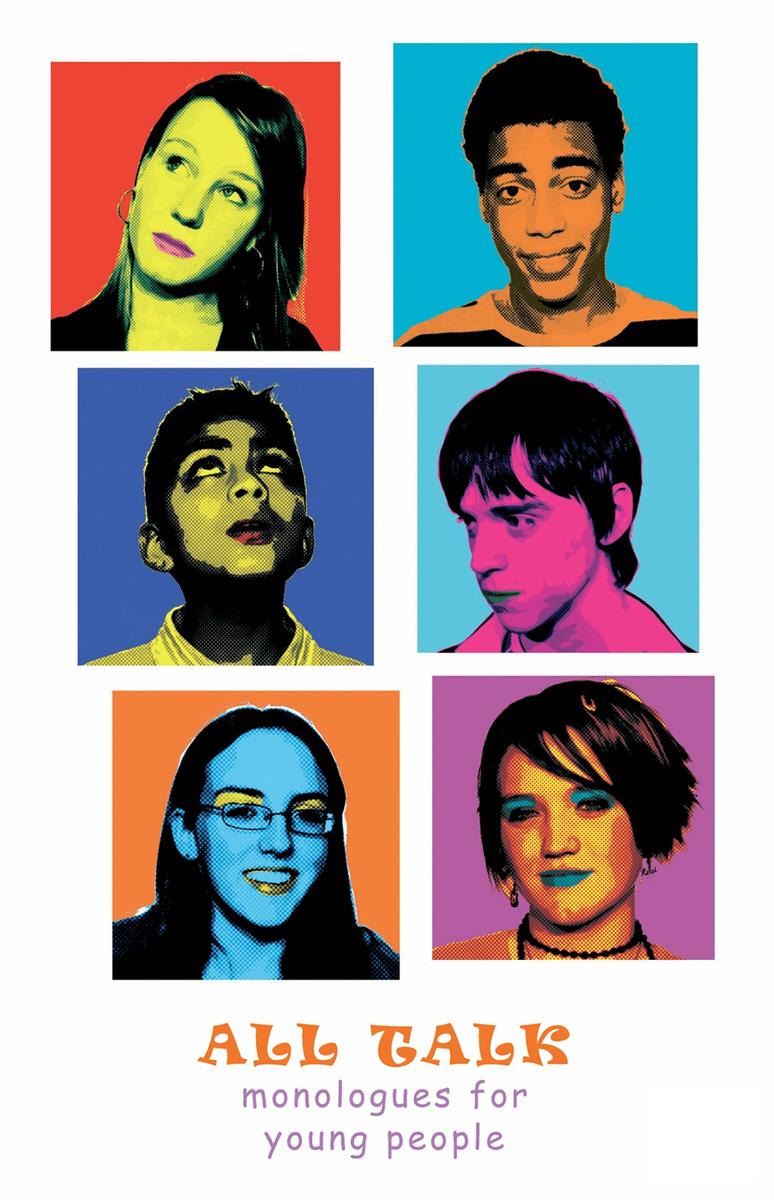
All Talk Monologues for Young People: 6 Solo Plays
¥40.79
A series of short, single voice plays by writers based in the North West of England. These powerful, contemporary monologues share the struggles, courage, conflicts and joys of different characters facing difficult decisions in their lives. Developed through consultation with young people, they offer a range of authentic, memorable voices to stimulate discussion and participatory drama work. ‘First Date’ by Anne-Marie O’Connor: Sometimes friendship comes with a heavy price tag. ‘Getting it Right’ by Peter Spafford: Luke can't choose between his shirts, let alone his parents. ‘Results Day’ by Aelish Michael: Karly’s mum thinks she’s an angel, but what if she flaps her wings? ‘Close to Home’ by Mary Cooper: Jay’s little sister is pregnant and he’s livid – who’s he going to punish? ‘Weighed Down’ by Carla Monvid-Jenkinson and Mary Cooper: When Claire’s dad left, she thought that he was all she would lose. ‘Giggsy’s Legs’ by Michael Harvey: Do you choose everything you are or does it choose you?
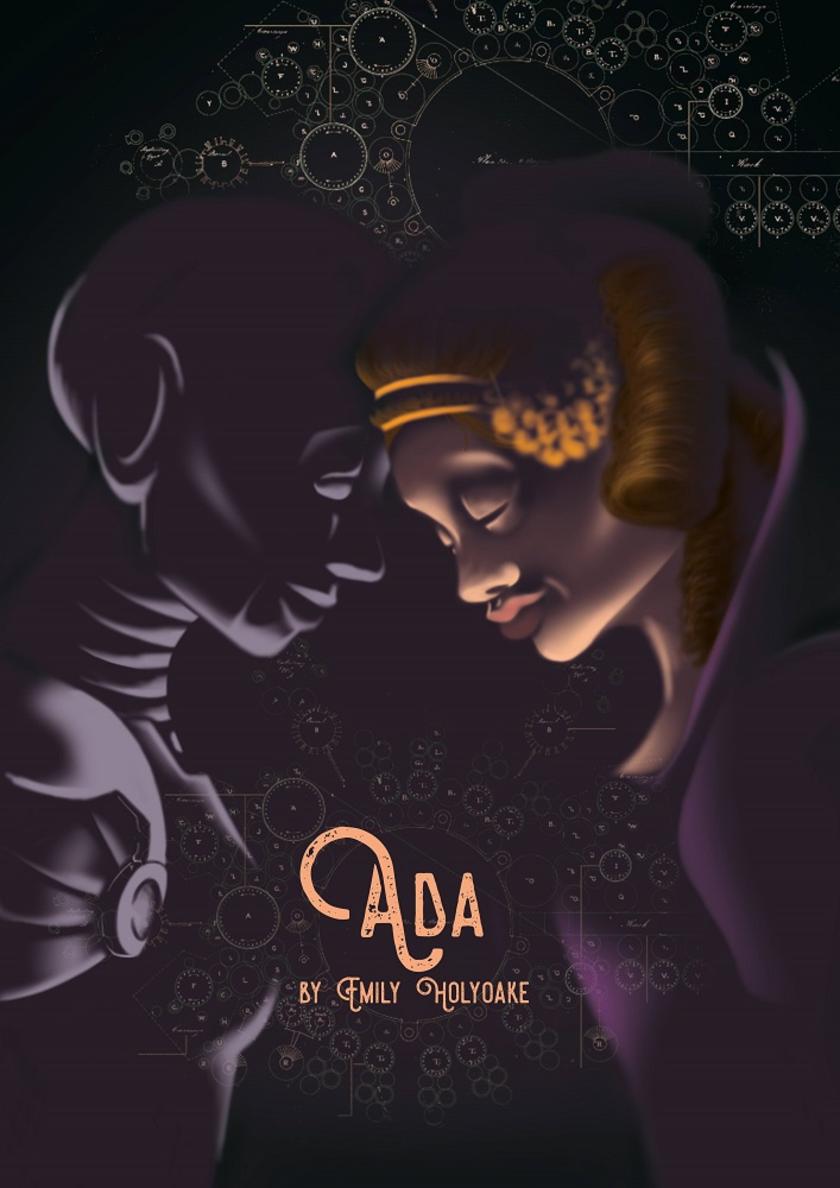
Ada
¥40.79
Play about Ada Lovelace, the first computer and Artificial Intelligence today. Suitable for schools, colleges and youth groups.Offers good roles for girls/women to perform relating to STEM subjects.“You may turn the handle, and I will whirr and calculate without error!”Decades before the first computers are built, Ada imagines machines that can do anything, even compose beautiful pieces of music. Far beyond Ada’s future, a learning machine called Ginny breaks free of her routine and tests the boundaries of what ought to be possible.ADA is an intricate re-telling of the life and legacy of Ada Lovelace, pioneer of computing, paralleling her history with a contemporary story about the potential of artificial intelligence.

D-Day: Airborne Assault
¥40.79
In any military operation throughout history, few 24-hour periods have been as crucial as that of 6th June 1944. With the aid of specially commissioned maps, D-Day: The First 24 Hours series gives the dramatic history of the first 24 hours of the Normandy landings, and explains in detail the events that occurred in each landing zone. In this second volume of the series, the book describes the airborne landings by paratroopers and glider troops that secured the flanks of the Allied beachheads, including such famous encounters as Pegasus Bridge and Ste Mère Eglise, as well as the more secret operations carried out by the SAS, SOE and Maquis. With colour and black & white photographs and specially commissioned maps, the book is a guide to key events in the first 24 hours of the D-Day landings that saw the Allies successfully achieve a foothold in Northern Europe.
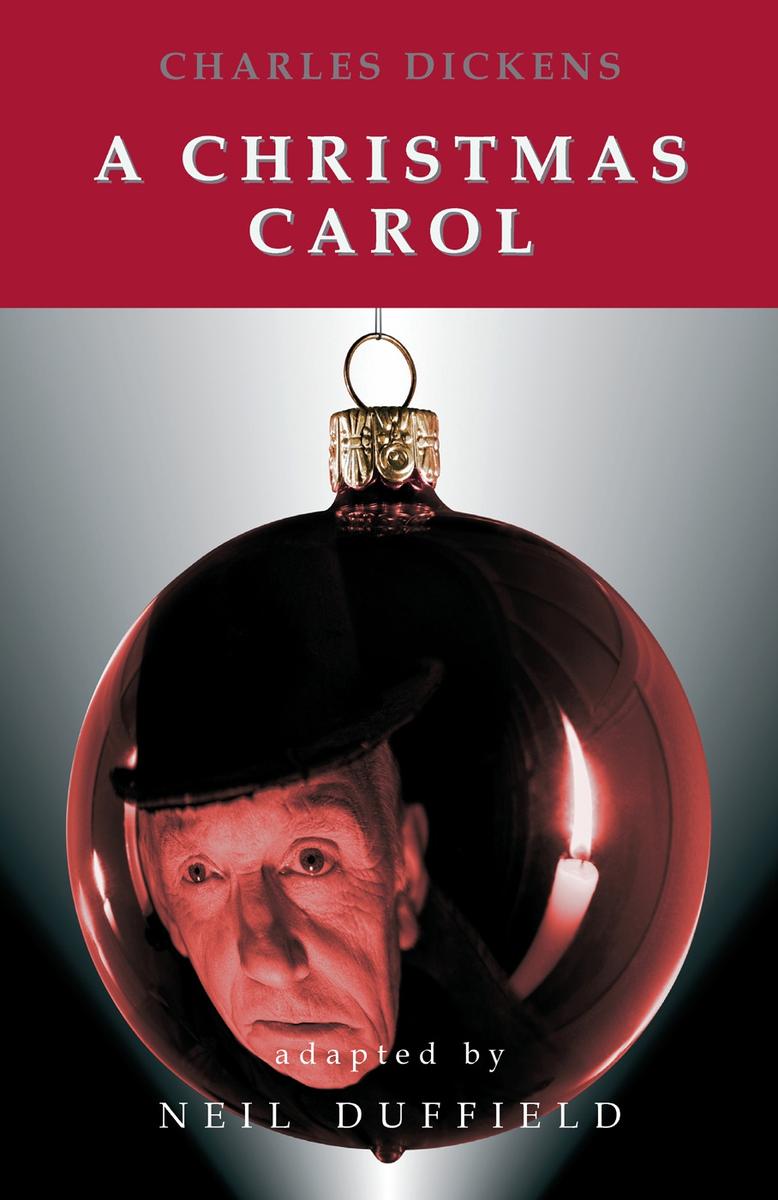
A Christmas Carol
¥40.79
Charles Dickens’ timeless story is brought to life in this vibrant new version by the award-winning playwright Neil Duffield. Christmas, the most wonderful time of the year! Well, it is for everyone except the miserable Scrooge. He prefers to spend Christmas all alone in his large house, instead of celebrating with mistletoe and merriment. Bah, humbug! But one cold, dark Christmas Eve Scrooge is surprised by the ghost of Marley, his former business partner. Marley warns Scrooge that he will be called upon by three spirits – each will take him on a mysterious and magical journey to show him the error of his ways… Can Scrooge discover the true wonder and meaning of Christmas before it’s too late?




 购物车
购物车 个人中心
个人中心



